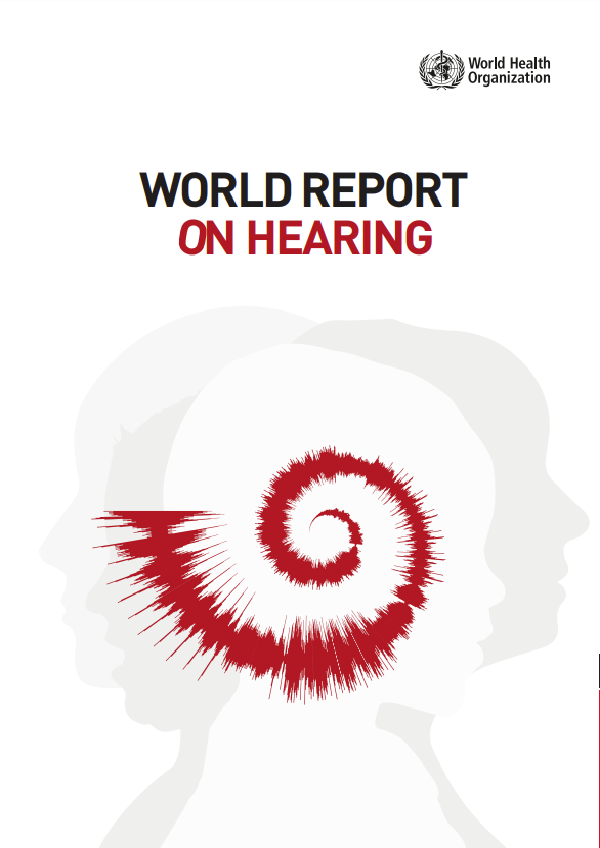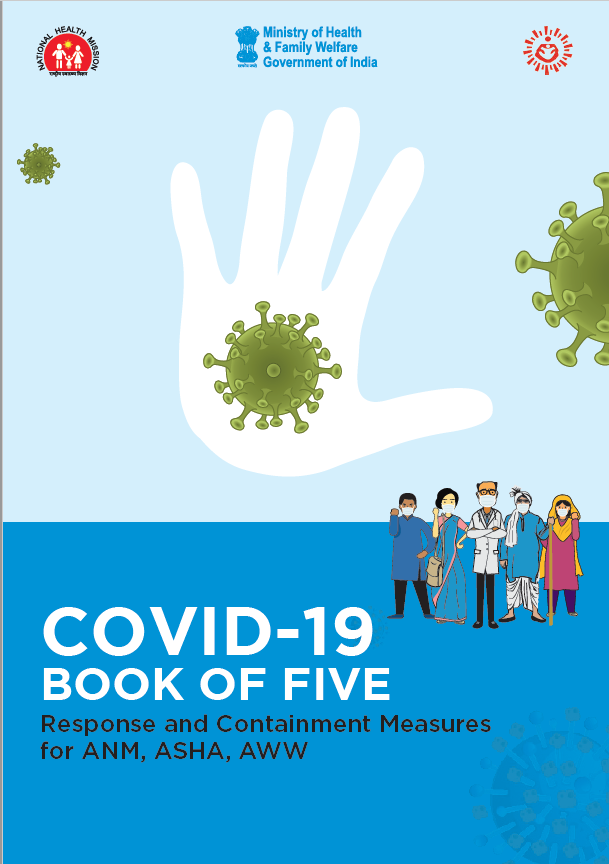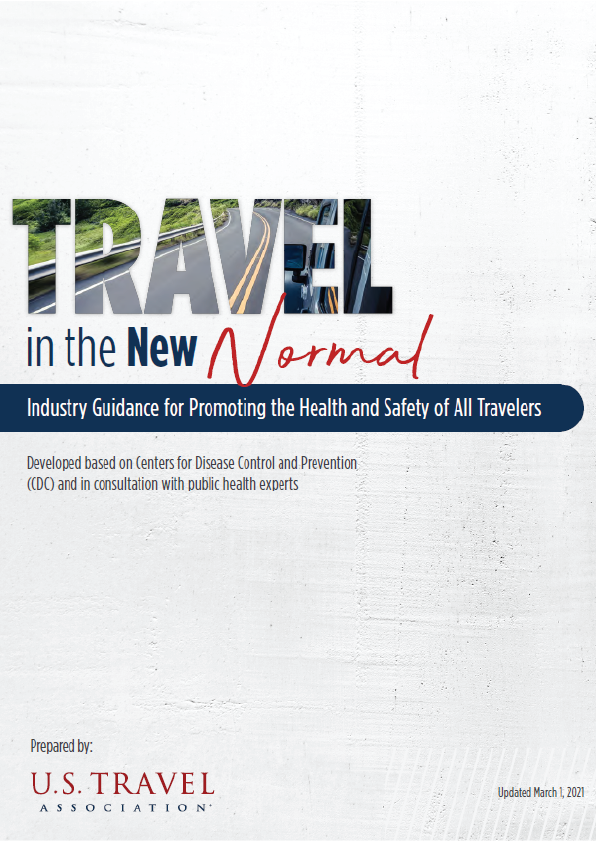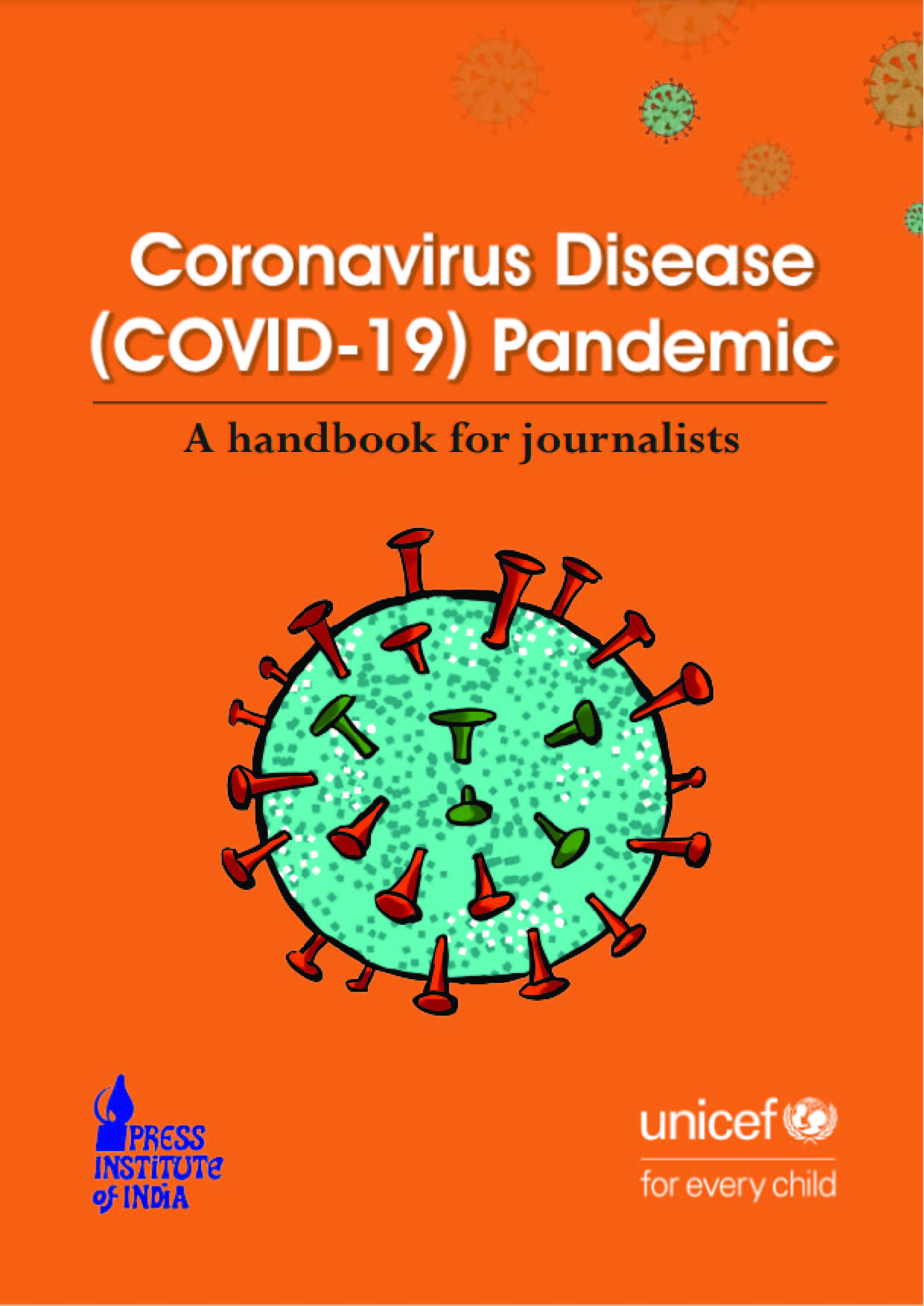Hearing is the sense with which we perceive the sounds around us; through hearing, we engage with our environment, communicate with others, express our thoughts, and gain an education. Globally more than 1.5 billion people experience some decline in their hearing capacity during their life course, of whom at least 430 million will require care.
Loss of hearing, if not identified and addressed, can have far-reaching consequences, adversely affecting language development, psychosocial well-being, quality of life, educational attainment and economic independence at various stages of life (1–3). Unaddressed, hearing loss imposes a global cost of more than $ 980 billion annually and potentially risks the global goal of United Nations Member States to end poverty and ensure that all people on this planet enjoy peace and prosperity by 2030 (4, 5).
Many causes of hearing loss can be prevented. Common ear diseases, ear infections, vaccine-preventable illnesses, and exposure to noise and chemicals, endanger the hearing of many people at different ages. The World Health Organization (WHO) estimates, for example, that more than 1 billion young people put themselves at risk of permanent hearing loss, often unknowingly, by listening to music at loud intensity over long periods of time. Mitigating such risks through public health action is essential to addressing hearing loss.
Across the life course, people with ear conditions or hearing loss can benefit greatly from effective and available interventions. The past few decades have seen game-changing advances in the field of hearing technology, diagnostics and telemedicine with innovations that enable ear diseases and hearing loss to be identified at any age and in any setting. Medical and surgical management, hearing aids, cochlear implants, rehabilitative therapy, sign language and captioning are solutions which can ensure that people with ear diseases or hearing loss access education and communication and thereby have the opportunity to fulfil their potential.
Despite the existence and effectiveness of these interventions, the vast majority of those in need do not have access to them. Most people with hearing loss live in low-income settings where human resources and services for ear and hearing care are not commonly accessible.
To address this, in 2017, the World Health Assembly adopted resolution WHA70.13 (6) which urges governments to integrate ear and hearing care into their national health system framework and instructs WHO to provide the evidence and tools for them to do this.
The World report on hearing was developed with the key purpose of promoting global action for equitable access to ear and hearing care in all settings across the world. The report provides clear evidence to target hearing loss as a global public health priority and outlines the H.E.A.R.I.N.G. package of interventions that countries should prioritize, taking into account their national circumstances. The many challenges facing countries in these endeavours are outlined in the report.











